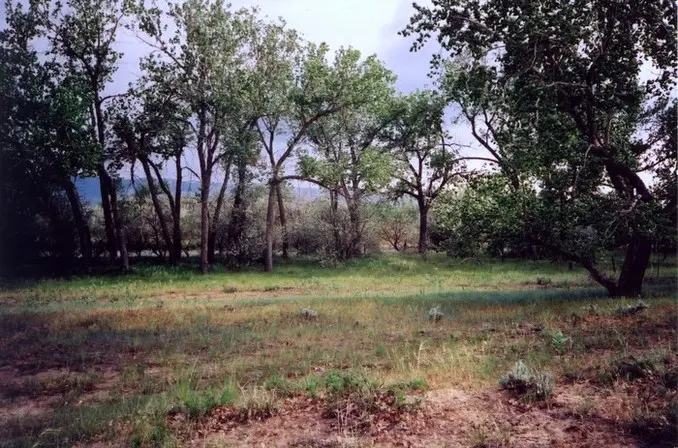Year 2 October - Embracing Natural Limits 🖊️

Change
The Land
Fifty years ago, beekeeping in Wyoming had a different vibe.
Farms were small, enveloped by shelter belts of trees, and fields were flood-irrigated using leaky earthen ditches. Various crops flourished, and roadsides were wild with sweet clover. Back then, ag chemicals and pesticides were scarce.
Running bees in agricultural areas was a breeze. Biodiversity was abundant, alfalfa wasn’t routinely sprayed, and bees thrived without supplemental feeding. However, times have changed. Water is scarce, shelter belts and leaky ditches are gone, and farms are larger. Chemical usage is up, sweet clover is deemed a noxious weed, and my bees need to be on the move several times a year.
The Beekeeper
Other things have changed too. A decade ago, I could effortlessly toss a ten-frame double onto a flatbed truck. Fast forward to today, and that grab-and-toss routine is history. A back injury saw to that. As a hobbyist with more honey than I need, maximum honey production isn’t my focus anymore. I’m interested in bee prosperity and a bit of surplus honey.
With a good beeyard location, I don’t need to lift or move hives. Honey production might take a hit, but as long as the bees thrive, I’m content.
The Test

My new permanent beeyard location.*
So, I found a spot in the river bottom near town—providing year-round water, early spring bloom, maximum biodiversity, and protection from winter winds. But it lacked access to agricultural land for mid to late summer forage.
Last year, I tested the location with nine hives. It was a wet year, sweet clover was abundant, and the bees got off to a good start. However, late summer saw a decline in forage, leading to smaller clusters and reduced brood rearing.
Results
Not good—terrible, in fact! Out of the nine hives, two came through in good shape, two were weak, three had queen failures, and two died. A 70% loss for this yard.
Inspections revealed few mites, no brood disease, and adequate food reserves. Lack of nutrition and queen problems were evident. Since going natural, I let bees supersede queens as they see fit, resulting in more queen issues than expected.
Natural Limits
I messed up. Placing bees in a location outside their natural range requires more action from the beekeeper, especially in a challenging environment like Wyoming. This season, I’ll only leave a few hives there and monitor their nutrition throughout the summer.
In nature, nothing lives forever, and honeybee colonies are no exception. My natural queens may outlive pesticide-treated queens, but the fate of an aged colony remains the same. Proactive queen replacements will be part of my management strategy.
Follow Up
Today’s inspection shows surviving hives still face challenges, with queen problems persisting. The yard is a candidate for a reset—I’ll break down hives into nucs, give them new queens, and start afresh. It’s a familiar scenario, reminiscent of my small cell regression experience in Arizona. This time, I have the chance to learn even more.
On a brighter note, those nucs will be much easier to move than the nine three-story deep hives, if they had all survived.
-Cheers, D 🐝🤠
